Petazzi Claudio – Shanghai 719 / U.I.F – I-CHANGE
Resilient infrastructure is a fundamental pillar of collective safety in a context marked by increasingly frequent extreme weather events. Designing, building, and managing assets that can withstand, adapt to, and recover rapidly after a disaster means protecting communities, economies, and essential services, reducing damage and disruptions. This is the focus of an international study visit currently taking place in Italy, bringing together experts and decision-makers from Bangladesh, Bhutan, India, the Maldives, Nepal, Pakistan, Sri Lanka, and Mongolia, engaged in a training and exchange programme on hydro-meteorological risks and the protection of critical infrastructure.

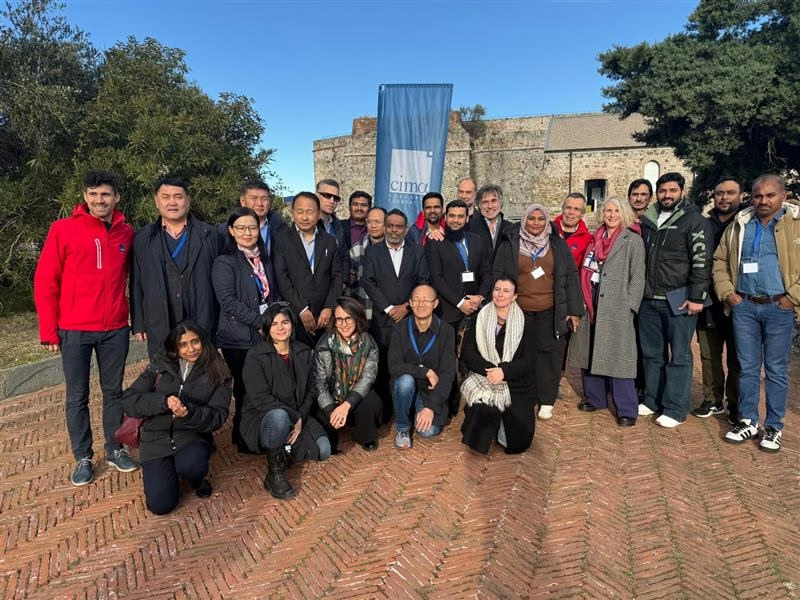
Tools and case studies for hydro-meteorological and wildfire risks
Today, Wednesday 26 November 2025, the delegation is hosted by the CIMA Research Foundation at the Priamar Fortress in Savona for a day of training and discussion dedicated to modelling weather-related risks, with a focus on floods and wildfires and their potential impacts on critical infrastructure. The programme includes an in-depth technical overview of the Foundation’s approaches to hazard, risk, and impact modelling, featuring applied examples and the use of updated technological tools. Part of the study and training day also takes place at the Archaeological Museum and City Museum of Savona, which hosts the delegation for one of the programme sessions.
Throughout the morning, a sequence of presentations will address CIMA’s approach to wildfire risk modelling, the continuous updating of hydraulic hazard—referring to the Polcevera River case following the collapse of the Morandi Bridge—and the use of drones for risk management and mitigation in critical infrastructure.
Throughout the morning, a sequence of presentations will address CIMA’s approach to wildfire risk modelling, the continuous updating of hydraulic hazard—referring to the Polcevera River case following the collapse of the Morandi Bridge—and the use of drones for risk management and mitigation in critical infrastructure.
The day will conclude with the presentation of the Handbook on Risk Knowledge for Early Warning Systems, within the framework of the United Nations EW4All initiative.
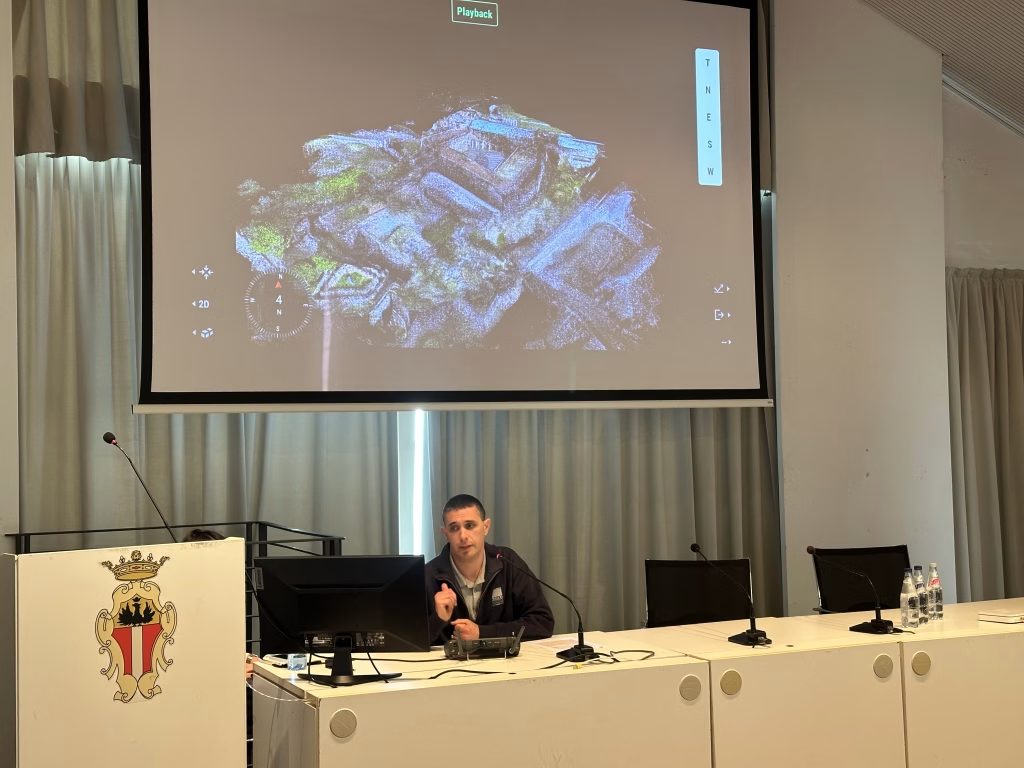
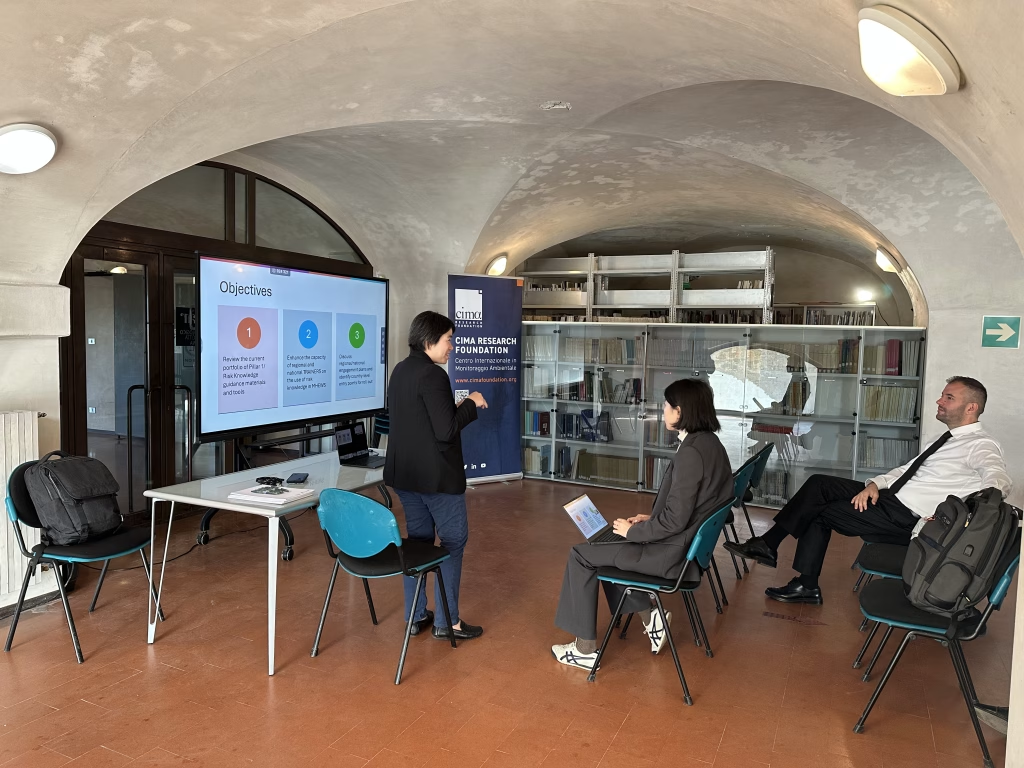
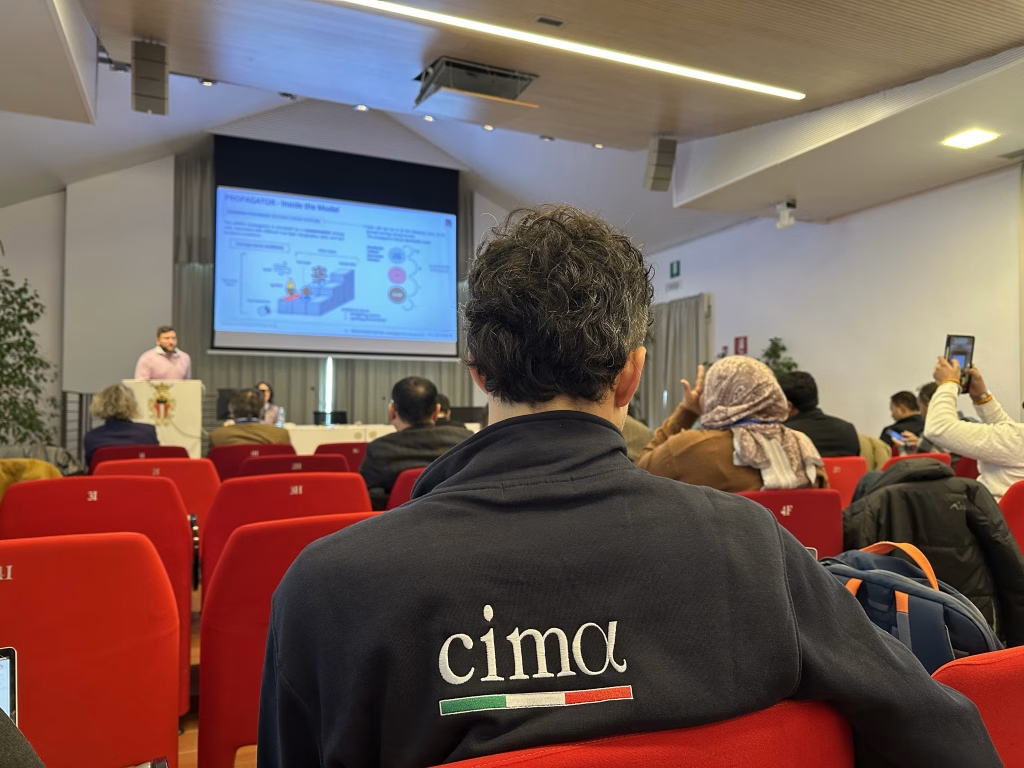
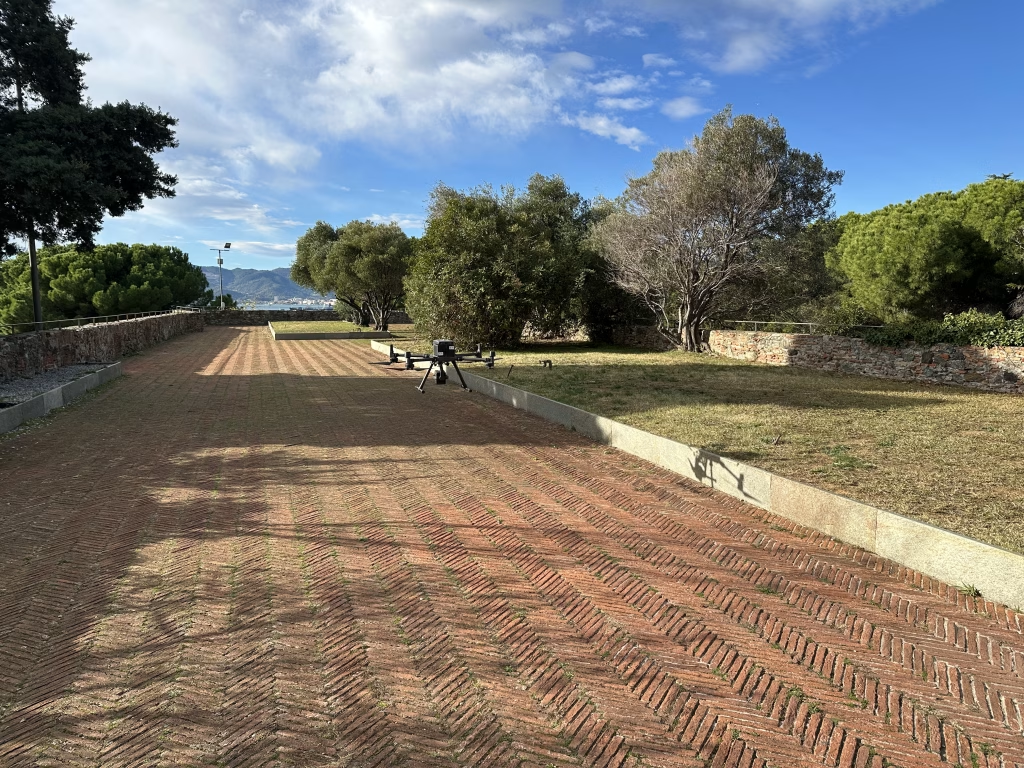
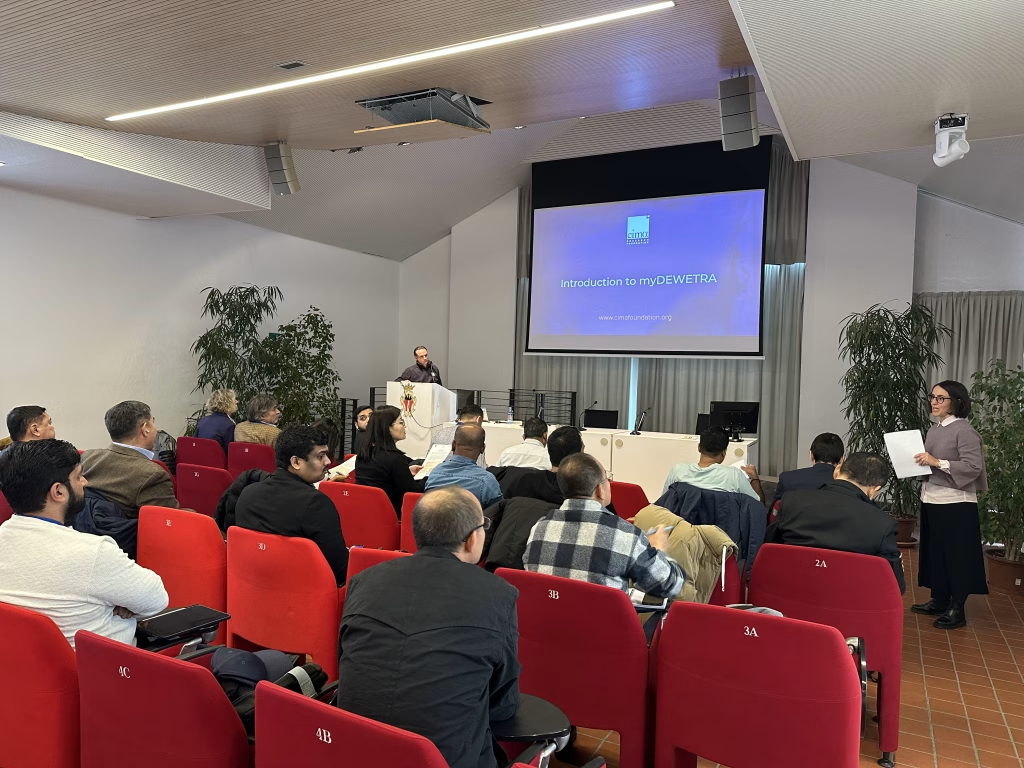
A three-phase pathway to strengthen national capacities
The visit to the Priamar is part of the second phase of the project Strengthening national capacities for the development and management of disaster-resilient infrastructure in Asia, led by the Italian Civil Protection Department together with the CIMA Research Foundation and Eucentre.
Following an initial phase of exploratory missions in the beneficiary countries to identify priorities and needs on the topic, phase two—scheduled from 23 to 29 November 2025—includes a series of training stops in different Italian locations, combining institutional visits, meetings with critical-infrastructure operators, and the analysis of case studies. The third phase will result in a final report with lessons learned and recommendations for future technical-scientific cooperation initiatives.
A pathway of international collaboration that, step by step, builds shared expertise and supports infrastructure systems that are increasingly prepared for the risks of the present and the future. Along this journey, the study visit at the Priamar also represents a meaningful step toward the Climate Change Citadel: a permanent laboratory of science, culture, and resilience, envisioned as a hub where training, technical expertise, and dialogue with the local community come together to address global environmental challenges.

